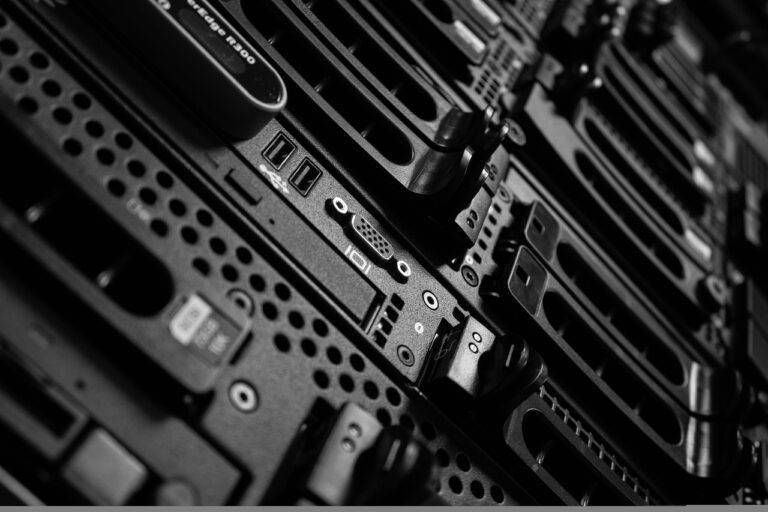Tech in Robotics: New Developments and Applications
Robotics technology is advancing at a rapid pace, with key trends focusing on improved artificial intelligence capabilities. Machines are becoming smarter and more adept at adapting to different environments, enabling them to perform tasks with greater efficiency and accuracy. This shift towards more intelligent robots is reshaping industries such as manufacturing, healthcare, and logistics, where automation is key to streamlining operations and increasing productivity.
Another emerging trend in robotics technology is the integration of collaborative robots, or cobots, into workplace settings. These robots are designed to work alongside humans, enhancing the capabilities of human workers rather than replacing them. With their advanced sensors and safety features, cobots are able to perform intricate tasks while ensuring the safety of those around them. The rise of cobots is revolutionizing the way industries approach automation, fostering a more harmonious relationship between human workers and robots in the workplace.
Innovations in Robotic Sensors
Robotic sensors have come a long way in terms of their capabilities and functionalities. With the rapid advancements in technology, sensors are becoming more sophisticated and efficient in improving the overall performance of robots. These sensors are vital components that enable robots to interact with their surroundings and make informed decisions in real-time.
One notable innovation in robotic sensors is the development of multi-modal sensors, which can combine different sensing technologies to enhance the robot’s perception abilities. By integrating various sensors like cameras, LiDAR, and thermal sensors, robots can gather a more comprehensive range of data about their environment, leading to improved navigation and object recognition. This versatility in sensor technology is crucial for robots to operate effectively in diverse and unpredictable environments.
What are some of the emerging trends in robotics technology?
Some emerging trends in robotics technology include advancements in artificial intelligence, machine learning, swarm robotics, and human-robot collaboration.
How are robotic sensors being innovated in the field of robotics?
Robotic sensors are being innovated by improving their accuracy, sensitivity, and ability to gather and process data in real-time. New technologies such as LiDAR, thermal imaging, and 3D cameras are also being integrated into robotic sensors.
What are some of the key benefits of using advanced robotic sensors?
Advanced robotic sensors can enhance the perception and decision-making capabilities of robots, improve their navigation and interaction with the environment, and enable them to perform complex tasks with high precision and efficiency.
How do innovations in robotic sensors contribute to the development of autonomous robots?
Innovations in robotic sensors play a crucial role in enabling autonomous robots to perceive and understand their surroundings, make intelligent decisions, and adapt to changing environments without human intervention.
What are some of the challenges in implementing advanced robotic sensors in robotic systems?
Challenges in implementing advanced robotic sensors include cost, power consumption, integration with existing systems, and the need for robust algorithms for data processing and interpretation.





